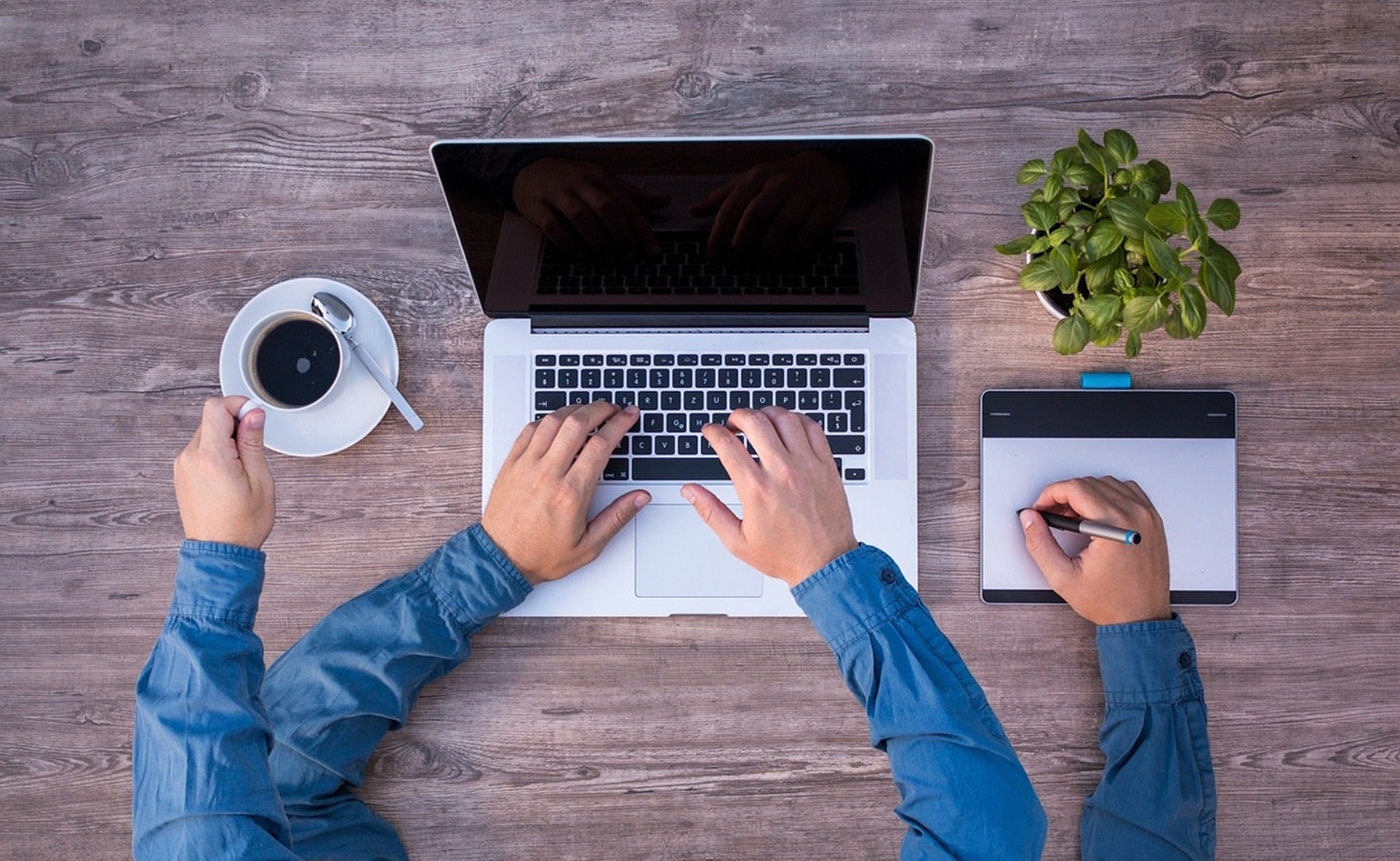In today’s digitally interconnected and time-pressured society, the concept of doing one thing at a time seems almost antiquated. Multitasking—simultaneously handling multiple tasks or rapidly switching among them—has become a way of life for many, fueled by a drive to maximize productivity in a world that never seems to slow down. However, this seemingly efficient approach comes with a hidden price: the potential for decreased efficiency, diminished productivity, increased stress, and even burnout.
Through a detailed exploration of the nature of multitasking, this guide aims to provide practical strategies to manage and potentially mitigate high price of multitasking, striking a balance that promotes efficiency, productivity, and well-being.
Understanding Multitasking
Multitasking has been frequently upheld as the ultimate productivity booster in our modern, fast-paced society, allowing us to juggle numerous tasks simultaneously. However, the reality is more nuanced. When we multitask, we aren’t truly performing multiple tasks simultaneously. Instead, our brain is rapidly switching its attention from one task to another. This constant switch in focus demands a high cognitive cost, leading to potential errors and decreased performance, particularly for complex or unfamiliar tasks.
When you divide your attention between tasks, it creates what researchers call “attentional residue.” For example, when you switch from Task A to Task B, part of your attention is still occupied with Task A. This can result in less efficient work, lower productivity, and increased errors.
Take, for example, the act of reading an important report while intermittently checking and responding to emails. Even though the switch between reading the report and responding to emails may feel seamless, it’s not. Each switch, no matter how brief, drains cognitive resources, leading to a decrease in comprehension and retention of the report’s contents.
Moreover, multitasking can disrupt your workflow. Each time you switch tasks, you break the flow of concentration that is needed for optimum performance. This can hinder your ability to engage in deep work—cognitively demanding activities that require undivided attention and contribute significantly to the quality of your work.
Finally, multitasking can also inhibit our ability to think critically and creatively. When our cognitive resources are spread thin, we’re less likely to come up with novel ideas or solutions. We tend to stick with the tried and tested paths, missing out on opportunities for innovation and insight.

The Necessity of Multitasking
Despite the challenges associated with multitasking, it remains a necessary skill in today’s fast-paced world. The modern era is characterized by constant connectivity, tight deadlines, and overwhelming amounts of information—all of which necessitate a certain degree of multitasking.
In the professional sphere, multitasking can help manage the numerous tasks and responsibilities that can pile up in a single workday. For instance, an event planner may have to liaise with clients, coordinate with vendors, manage budgets, and oversee the setup of an event, all simultaneously. Likewise, a software developer might need to write code while keeping track of emails, participating in meetings, and troubleshooting issues that arise in real-time.
But multitasking isn’t confined to work settings. Our personal lives are also full of scenarios where we find ourselves juggling multiple tasks simultaneously. Preparing dinner while supervising children, answering phone calls while running errands, or catching up on news while working out are just a few examples of everyday multitasking.
Furthermore, multitasking is a crucial skill in certain professions that require rapid response to evolving situations. Healthcare professionals, journalists, air traffic controllers, and first responders often have to manage multiple tasks in high-pressure environments, making multitasking not just necessary, but vital for success.
However, the key lies in recognizing when to multitask and when not to. High-stakes tasks that require deep focus and concentration are better performed one at a time, with minimal distractions. Less critical or routine tasks can be grouped together for multitasking.
Mastering the Art of Multitasking
Even though multitasking can reduce productivity and increase stress, it remains a necessary part of modern life. However, the key is to do it effectively, transforming it from a potential obstacle into a valuable skill. Here’s how you can master the art of multitasking:
Prioritize
The first step in effective multitasking is recognizing that not all tasks are of equal importance. Identifying high-priority tasks allows you to allocate your focus and energy more effectively. High-priority tasks, which often require more focus and mental effort, should be performed in dedicated, uninterrupted blocks of time. Conversely, low-priority tasks, which require less mental effort, can be grouped together and performed during periods of multitasking.
Group Similar Tasks
Combining tasks that use similar cognitive processes can reduce the cognitive load of multitasking. For example, responding to emails while on a phone call may be challenging because both tasks require linguistic processing. However, listening to a podcast while cleaning the house involves two different types of cognitive tasks—comprehension and physical coordination—which can be performed simultaneously with less cognitive strain.
Leverage Technology
Use productivity tools and apps to help manage your tasks. Digital calendars can help schedule your day, while project management software can assist in keeping track of tasks and deadlines. Automation tools can handle routine tasks, freeing up your time for more critical responsibilities.
Take Regular Breaks
The brain isn’t designed for prolonged periods of intense focus. Regular breaks can help recharge your cognitive resources, preventing burnout and maintaining productivity. Techniques like the Pomodoro Technique, which suggests working for 25 minutes followed by a 5-minute break, can be useful.

Practice Mindfulness
Mindfulness involves paying full attention to the present moment and task at hand. Even while multitasking, being fully present in each task when you’re performing it can improve performance and reduce stress.
Improve Your Task Management Skills
The better you are at managing tasks, the more effectively you can multitask. This involves setting clear goals, breaking down tasks into manageable parts, and scheduling tasks based on their priority and your energy levels.
Coping with the Overburn Caused by Multitasking
Chronic multitasking can take a toll on our mental health, leading to cognitive overload and burnout—a state of emotional, mental, and physical exhaustion caused by excessive and prolonged stress. Burnout symptoms include a lack of energy, reduced performance, feelings of cynicism, and an inability to concentrate. For instance, a nurse constantly juggling multiple patients, paperwork, and other duties may begin to experience these symptoms.
Coping strategies include:
- Mindfulness and Meditation: Engaging in mindfulness practices or meditation can help calm the mind, reduce stress, and increase focus. It brings attention back to the present moment, away from the jumbled tasks at hand.
- Physical Exercise: Regular physical activity can boost mood, improve cognitive function, and reduce stress levels. A simple walk or jog can provide a much-needed break from the cognitive demands of multitasking.
- Healthy Diet and Adequate Sleep: Maintaining a balanced diet and ensuring sufficient sleep is essential for brain health and stress management. Neglecting these aspects can exacerbate the effects of cognitive overload.
- Delegation: If possible, delegate tasks. It’s not a sign of weakness but a critical skill in effective multitasking. Delegation reduces personal workload and allows tasks to be handled by those best equipped to do them.
Preventing the High Price of Multitasking
Preventive strategies can mitigate the negative impacts of multitasking:
- Embrace Single-Tasking: Whenever possible, devote complete attention to a single task. This method, known as monotasking, promotes deeper focus and can lead to better task performance.
- Set Boundaries: Make clear distinctions between work and personal life to avoid overburdening yourself. Setting such boundaries can help control the urge to multitask excessively.
- Plan and Organize: Having a well-structured plan helps manage tasks more efficiently, reducing the need for excessive multitasking. Time management techniques like time blocking or the Eisenhower Box can help prioritize tasks and allocate time effectively.
Conclusion
Multitasking, a seemingly ubiquitous feature of modern life, carries a high price— one that is often ignored until it manifests as decreased productivity, reduced quality of work, and burnout. Recognizing and understanding the cost of multitasking is the first step toward managing it effectively.
By mastering the art of multitasking, developing coping mechanisms, and implementing preventive strategies, we can navigate the demands of our fast-paced world without sacrificing our productivity or mental well-being. The aim is not to eliminate multitasking, an impractical goal for many, but to control it—transforming it from a potential threat to our cognitive health into a tool that we use consciously and judiciously to enrich our lives.
